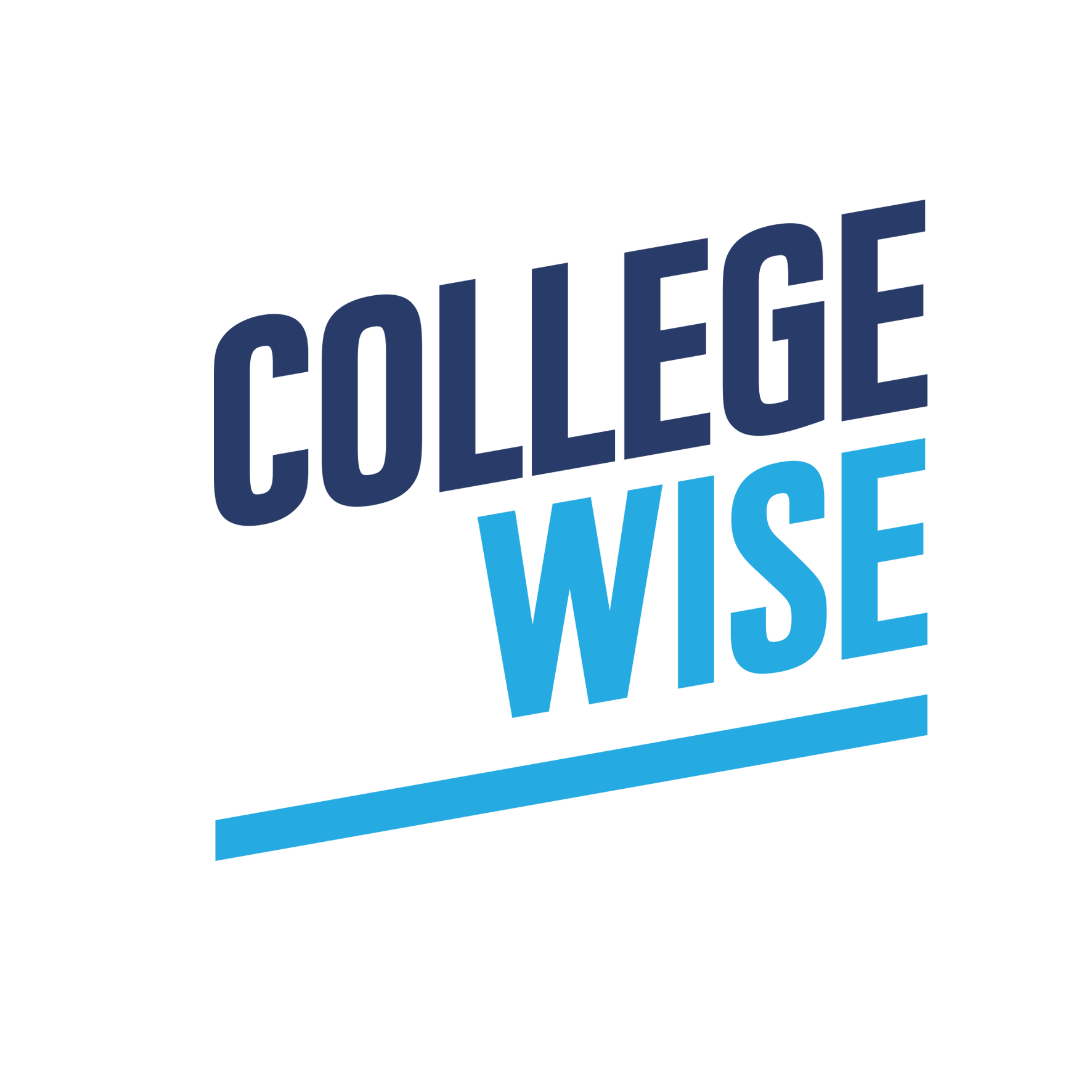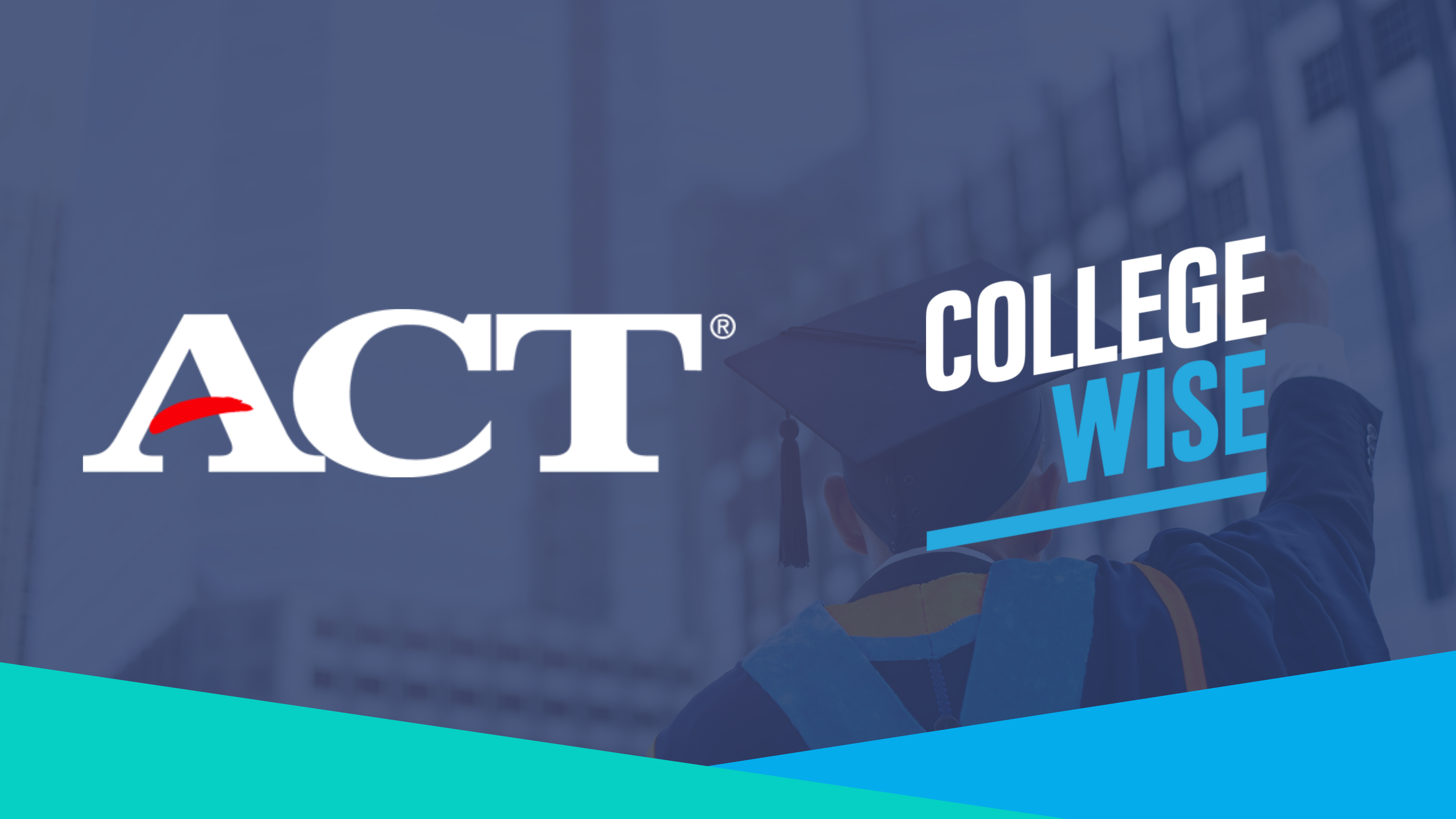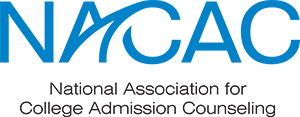Are you looking to enroll your youngster into a private or parochial middle or high school? They'll likely need to face an entrance exam before being considered. In this blog, you'll discover everything there is to know about the ISEE and SSAT exams and how your teen can be successful in preparing for them.
If you have students in elementary or middle school, they may need to take entrance exams to gain admission into private or parochial middle or high schools. Read on to understand what to expect from those tests. We will primarily focus on the tests that students take for admission into private high schools, and these students are typically in the 7th-11th grades.
Table of Contents
- What are the Private or Parochial School Entrance Exams?
- Which Tests Should a Student Take? ISEE or SSAT
- What's the Difference Between the ISEE and SSAT?
- What Do the ISEE and SSAT Scores Mean & What Effect Do They Have?
- What are the ISEE and SSAT Tests Offered?
- How Can Students Prepare for Them?
Key Takeaways
- Different schools require different entrance exams. The most common exams are the Independent School Entrance Exam (ISEE), Secondary School Admissions Test (SSAT), High School Placement Test (HSPT), Test for Admission into Catholic High School (TACHS), and Cooperative Admissions Examination Program (COOP).
- Every test is different, from the questions asked to how students are evaluated. Understanding the structure, content, and scoring of each exam will help students effectively prepare for these exams.
- While some schools have certain requirements or preferences on entrance exams, it's still important that students take the test that plays to their strengths. Many official websites offer diagnostic or practice exams that students can take online before the real thing.
What are the Private or Parochial School Entrance Exams?
The most common private school entrance exams, the ISEE and SSAT, are usually used by private day and boarding schools as part of the admissions process. There are different levels of exams for different grades. For example, the Upper-Level ISEE and SSAT are typically used in consideration for entrance into high school (taken in grades 8-11, but students as young as elementary grades may take versions of these exams for admissions into private middle schools). ISEE stands for Independent School Entrance Exam, and SSAT used to stand for Secondary School Admissions Test (it’s not an acronym for anything now).
The HSPT (High School Placement Test), TACHS (Test for Admission into Catholic High School), and COOP (Cooperative Admissions Examination Program) are used for entrance into parochial schools. For admissions into private Catholic schools, the local archdiocese or diocese often determines which tests will be used. Students sit for these exams during group test dates at schools, or, if students cannot attend, they may be able to schedule individual exams. Generally, each school has a particular way of utilizing the test results as part of its respective admissions processes.
A Special Case: The SHSAT Test
The SHSAT (Specialized High Schools Admissions Test) is NOT for private schools—it is for entrance into New York City's prestigious specialized public high schools. On a related note, many public magnet or tech academy schools have similar admissions tests. The material on many of these exams overlaps—students must have knowledge of standard English grammar, algebra & geometry, and reading comprehension skills. Some private schools have their own unique exams that cover the same content and add reasoning questions.
Which Tests Should Students Take? ISEE vs. SSAT
Students should first check whether the schools they’re applying to require a specific entrance exam, including one that may be unique to their school. Many schools accept either the ISEE or the SSAT. If a school accepts both tests, then the student should try to figure out which they like and perform better on. There is a free Upper Level ISEE practice test on its website, and there is more information about the elementary and middle-level ISEE tests. The SSAT offers a free diagnostic, too, after students register.
What's the Difference Between the ISEE and SSAT?
Since the majority of schools accept either the ISEE or the SSAT, we'll answer more questions about those tests below. There are a few differences in terms of format, but for the most part, the content they test is the same. For a detailed comparison between the ISEE and SSAT, see our comparison chart below. Here are some highlights:
| ISEE | SSAT |
| Includes a quantitative comparison section | No quantitative comparison section. |
| No guessing penalty for wrong answers. | Penalty is enforced. Students lose a fraction of a point for every wrong answer. |
| Does not have analogies in the test. | Includes analogies. |
What Do the ISEE and SSAT Scores Mean & What Effect Do They Have?
This is a tricky question to answer since scoring varies by test level, and schools will evaluate an applicant’s scores against other applicants of their grade level and gender. Testing at the 65th percentile might feel low, but can actually be quite high, depending on your age, and acceptable for some schools. This is a murky area, so we suggest that you check in with your current school counselor, who may have past application and admission information that can provide further context about your scores.
When are the ISEE and SSAT Tests Offered?
The ISEE and SSAT are offered pretty frequently, and students can select which scores they would like sent to which schools. Students usually begin preparing after 7th grade for admission into high school, since application deadlines are typically in January/February of 8th grade. They often prep over the summer into the fall and then begin testing in November/December, with the idea that they will take multiple administrations. Individual tech, magnet, or specialized public high schools may have their own set test dates that students need to register for and prep around.
How Can Students Prepare for the Tests?
The academic subjects they’ve been taught will certainly help, but taking timed, structured, and standardized tests may be new to them. They should plan to practice taking a couple of tests on their own, and review topics that were challenging. Resources for the ISEE and SSAT, as well as some of the other tests, are available on their respective websites, and if you find that you need more guidance, you can work with a tutor or a small group class. Some of the tests focus more on vocabulary, while others focus more on reasoning and problem solving, so make sure you’re prepping appropriately with focus on the right topics.
| ISEE Upper-Level Exam | SSAT Upper-Level Exam | ||
| US Format | At-home online or in a Prometric center on a computer; also available on paper (typically school-based administrations), in some rare cases also offered at professional educational testing offices | At-home online or in a Prometric center on a computer; also available on paper. The Flex Test is only available on paper. | |
| Structure |
Verbal Reasoning: 40 questions, 20 minutes (synonyms, sentence completion) Quantitative Reasoning: 37 questions, 35 minutes (quantitative comparison) Break, 5-10 minutes Reading Comprehension: 36 questions, 35 minutes (science, history, the arts, and contemporary life) Mathematics Achievement: 47 questions, 40 minutes Break: 5-10 minutes Writing Sample: 1 prompt, 30 minutes Experimental questions built into sections |
Writing Sample: 1 prompt, 25 minutes (unscored) Break, 10 minutes Quantitative: 25 questions, 30 minutes Reading: 40 questions, 40 minutes (literary fiction, humanities, science, social studies) Break: 10 minutes Verbal: 60 questions, 30 minutes (synonyms and analogies) Quantitative: 25 questions, 30 minutes Experimental Section: 16 questions, 15 minutes |
|
|
Total # of Questions |
160 questions (some of them are “experimental” and unscored but they’re not labeled so you won’t know which) |
150 questions scored (167 total including writing & “experimental”) |
|
|
Total Time |
2 hours, 40 minutes plus two 5- to 10-minute breaks |
2 hours, 40 minutes, plus experimental section and breaks |
|
|
Is there a guessing penalty on the test? |
No, students do not lose points for wrong answers |
Yes, students lose one quarter of a point for each wrong answer |
|
|
Are there limits on the number of times I can take the test? |
You can take the ISEE once per season or three times per year, as many times as you’d like. The seasons are fall, winter, and spring/summer. |
You can take all 8 SSAT standard tests offered as many times as you’d like but you can only take the Flex Test once per testing year (August 1-July 31st). |
|
|
Subject areas |
Vocabulary; reading comprehension; algebra, numbers & operations, geometry, measurement, data analysis & probability, problem solving |
Vocabulary, verbal reasoning, ability to relate ideas logically; arithmetic, elementary algebra, geometry, other math topics; reading comprehension |
|
|
What are the scoring ranges? |
760-940 along with 9 stanines. Percentile ranking compares you with other students of the same grade in the “norm” group. |
500-800 for each of 3 sections resulting in a score range of 1500-2400, with a midpoint of 1950. Percentile ranking compares you with other students of the same age/gender from the “norm” group. |
About Us: With more than twenty-six years of experience, Collegewise counselors and tutors are at the forefront of the ever-evolving admissions landscape. Our work has always centered on you: the family. And just like we’ve always done, we look for ways for your student to be their best self - whether in the classroom, the applications, or in the right-fit college environment. Our range of counseling, test prep, academic tutoring, and essay management, all with the support of our proprietary platform, lead to 4x higher than average admissions rates.



/Blog%20CTAs%20(10).png?width=600&height=200&name=Blog%20CTAs%20(10).png)
/Webinar%20blog%20CTA.png?width=600&height=200&name=Webinar%20blog%20CTA.png)


